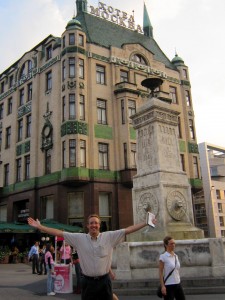sunset on the salasch
“Salasch-hund,” my father used to grumble to himself about that lazy co-worker, slacker gas station attendant, and the occasional late-sleeping daughter.
I actually saw what he meant when Aleksandra, Alphild and I took our first look around Salas 137, one of the several Vojvodina “farm-estates” now more devoted to entertaining tourists than harvesting wheat and corn.
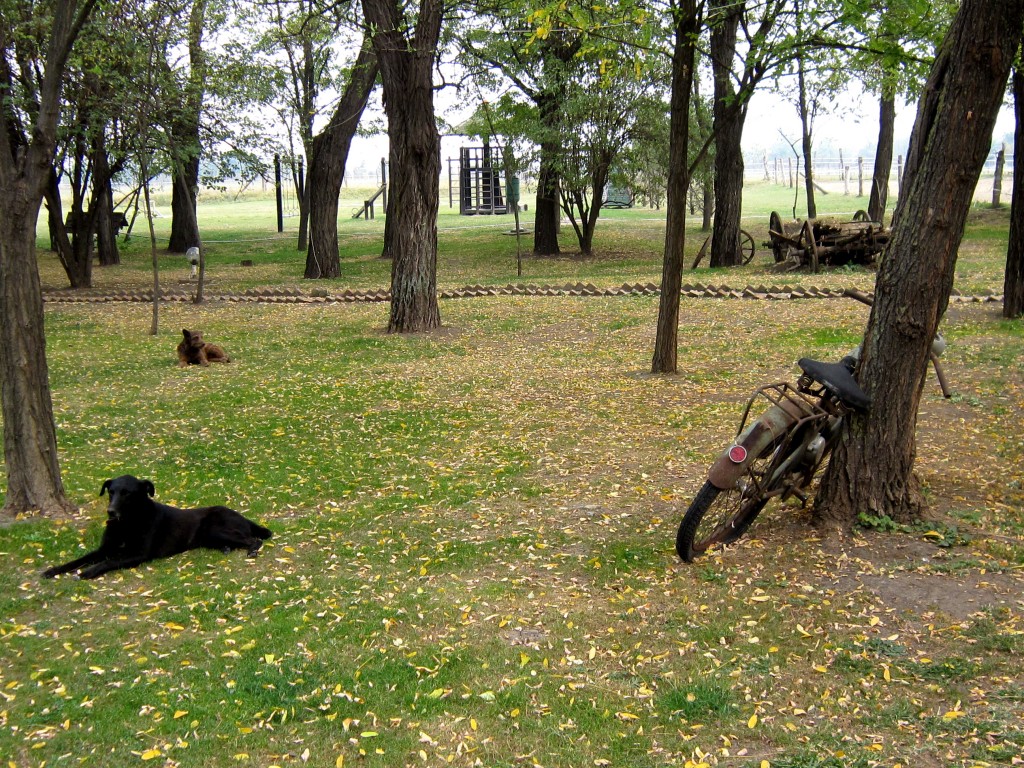
Salas 137 attempts to portray a type of existence that my family knew and loved for a century and a half, though it is lost to us now. My father, along with his parents, grandparents, and everyone else in the Vojvodina village of Sekitsch (now Lovcenac), were expelled from their homes, dispossessed of their properties, and put into death- and work-camps at the end of 1944. After nearly eight years of suffering, sickness, the experience of watching others tortured, killed, or die of starvation, my father, his sister, and their father were reunited with my grandmother (who had been working in a coal mine in a forced-labor camp in the Ukraine, near Luhansk). Homeless and homeland-less, my Oma decided for them all: “America is the future.” On the 17 of December 1955, they caught their first glimpse of the Statue of Liberty.
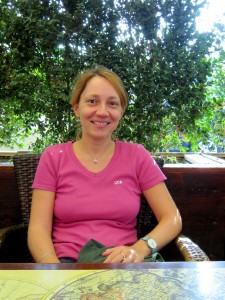
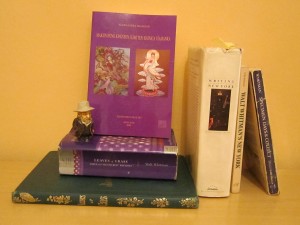
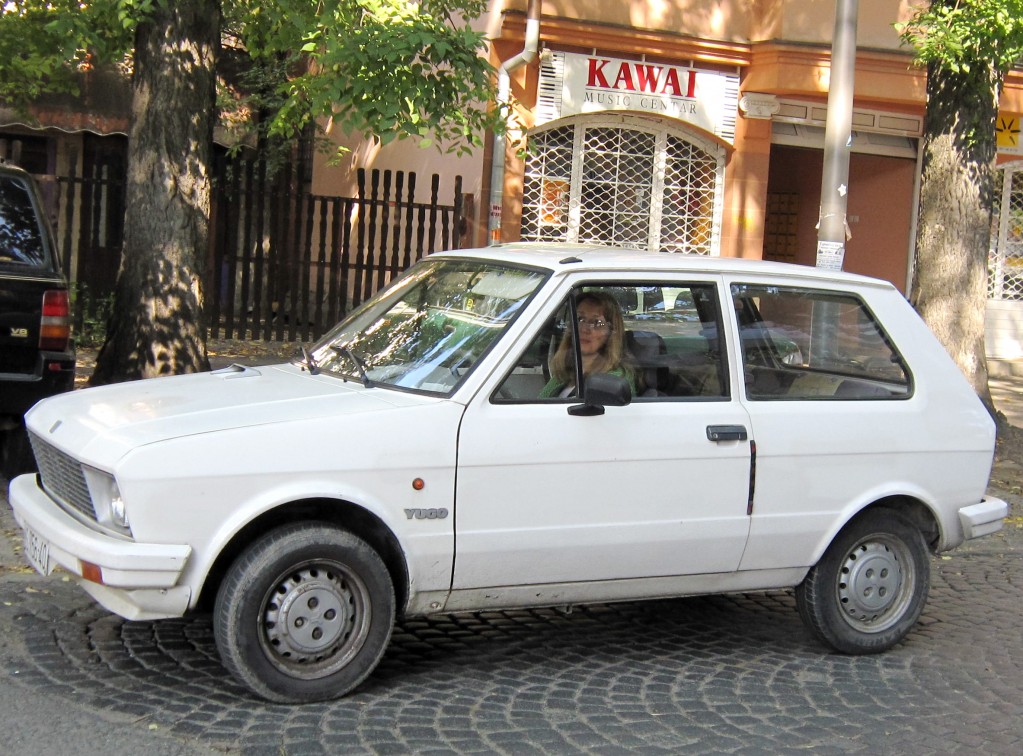
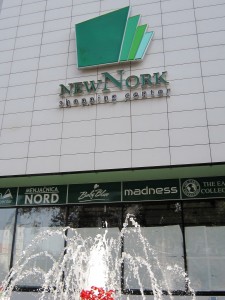
 Most of these buildings were constructed while the city was under Austro-Hungarian rule in the eigthteenth and nineteenth centuries. Established in 1694, obtaining its present name and status as a free royal city in 1748, Novi Sad soon became the cultural and economic center of the region. The first grammar school opened in 1791 (a good 30 years before Brooklyn’s P.S.1!), the Serbian National Theatre was founded here in 1861; Matica Srpska (a time-honored cultural institution and the center for the study of Serbian language, literature, and philosophy) moved here in 1864. Even after being attacked by everyone from the Turks to the Russians to Hungarian Fascists, even after NATO bombardment left Novi Sad without bridges, communication, and a water supply for months in 1999, the center city is charming, elegant, and welcoming.
Most of these buildings were constructed while the city was under Austro-Hungarian rule in the eigthteenth and nineteenth centuries. Established in 1694, obtaining its present name and status as a free royal city in 1748, Novi Sad soon became the cultural and economic center of the region. The first grammar school opened in 1791 (a good 30 years before Brooklyn’s P.S.1!), the Serbian National Theatre was founded here in 1861; Matica Srpska (a time-honored cultural institution and the center for the study of Serbian language, literature, and philosophy) moved here in 1864. Even after being attacked by everyone from the Turks to the Russians to Hungarian Fascists, even after NATO bombardment left Novi Sad without bridges, communication, and a water supply for months in 1999, the center city is charming, elegant, and welcoming.